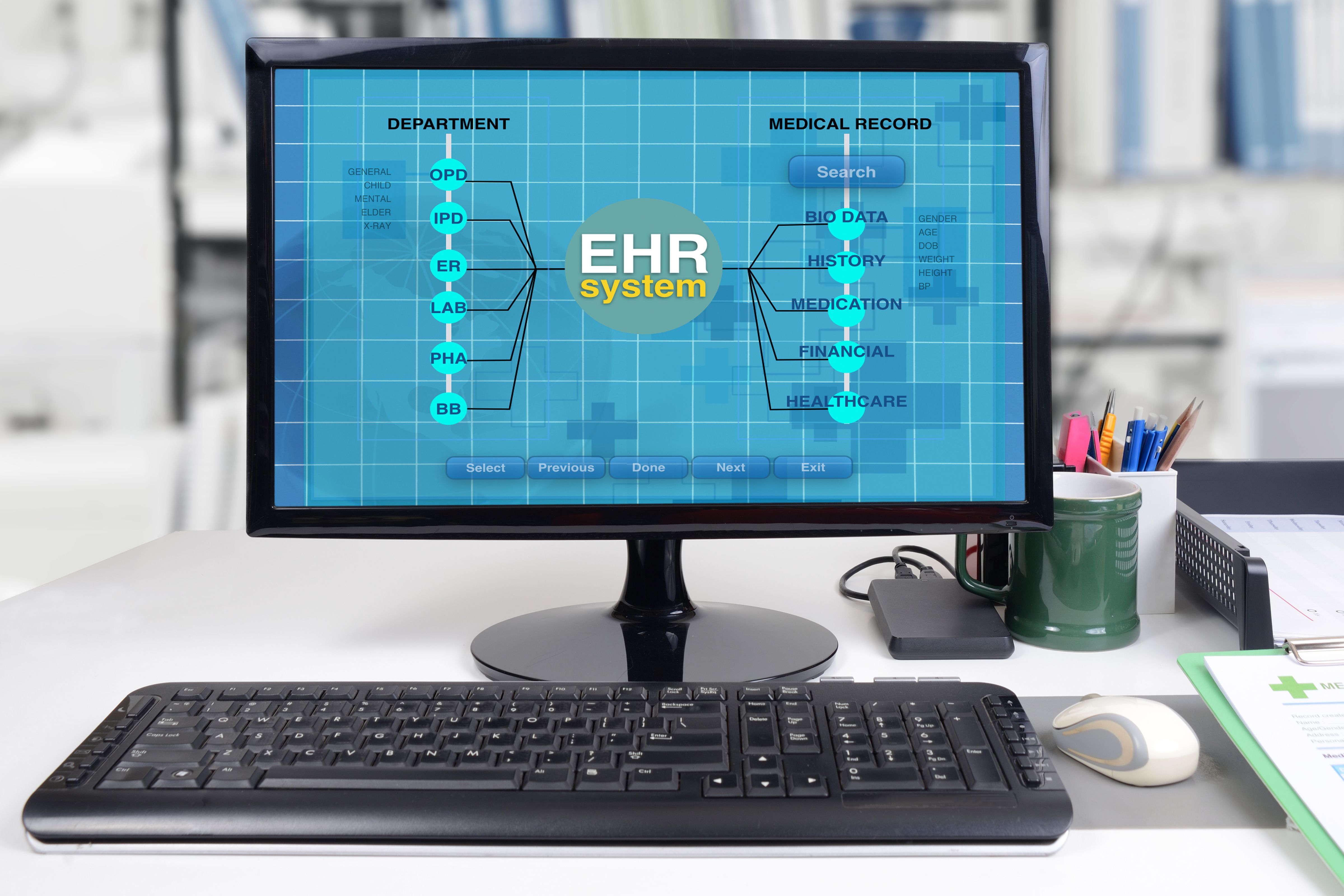Can Utilizing an Electronic Health Record Improve C difficile Patient Outcomes?
This study implemented an Electronic Health Record in a major hospital system to catch otherwise undetected C diff infections.

The bacterium Clostridioides difficile (C diff) is infamous for its ability to cause severe, recurrent, and even fatal infection, as well as its prevalence in health care facilities.
Identifying C diff infection (CDI) in a timely manner can reduce these and other effects by enabling rapid treatment and isolation procedures. A new study from the Mayo Clinic took this a step further, to see whether utilizing an Electronic Health Record (EHR) report would reduce CDI standard infection rates by identifying potential C diff cases early.
The study was presented virtually at the Society for Healthcare Epidemiology of America (SHEA) 2023 Spring Conference during a poster session on Wednesday, April 12. Presenter and lead author Brad Krier, MPH, CIC, explained that from August 2021-September 2022, an EHR report was implemented in a 5-hospital health care system in the Midwest.
The EHR identified patients with 3 or more Type 6 or 7 stools (based on the Bristol Stool Form Scale classification) within a 24-hour period. All hospital inpatients who met these criteria and did not have an active order for a C diff test were included. Patients with a laxative in the previous 48 hours, tube feedings without fever or leukocytosis, or a known cause of diarrhea were excluded.
A total of 25 patients were identified by the EHR report, met inclusion criteria, and underwent C diff polymerase chain reaction testing. Of the 25, 5 tested positive for CDI (20.0%); these cases were identified before hospital day 4.
Krier noted there were a total of 13 hospital-onset cases of CDI in the health care system during the study period, for a standard infection ratio of 0.346. If the cases detected by the EHR report had not been identified before hospital day 3, the standard infection ratio could have been 38.5% higher at 0.482.
The difference between the actual and potential standard infection ratios was not statistically significant, but the study authors recommended continued data collection to increase statistical power. “Next steps include incorporating a CDI risk score based on patient risk factors and automated notifications to expand coverage,” they wrote.
The investigators concluded that the early identification report helped obtain timely CDI diagnoses, likely limiting the spread of CDI and lowering the standard infection ratio by 38.4%.
This study was presented during a poster session at the Society for Healthcare Epidemiology of America (SHEA) 2023 Spring Conference.
